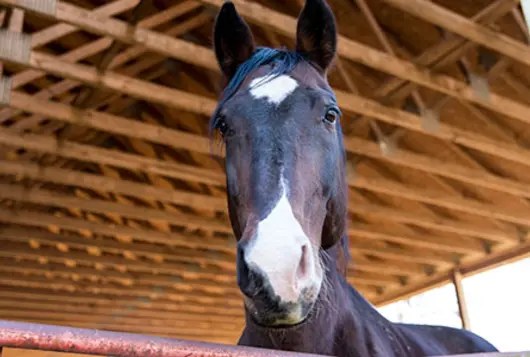Vet Tech Corner: LSD Toxicosis in Animals
Lysergic acid diethylamide (LSD) – also known as Acid – is an indole-derived with strong hallucinogenic effects.
The ASPCA’s Animal Poison Control Center reports that when a pet is exposed, signs typically develop within 90 minutes and can last up to 12 hours.
You may see disorientation, mydriasis, sedation, changes in behavior (such as increased grooming and play) and potentially hallucinations.
Protective Treatment
Treatment is generally simple and consists of confining the pet in a dark, quiet room. Most cases of serious harm with LSD occur with misadventure secondary to hallucinations, so proper confinement is a must.
Often, pets can be monitored at home. If signs are significant, a benzodiazepine and fluids can be administered in the hospital.
Because LSD is frequently adulterated with other drugs, pets should be monitored closely and if signs are seen beyond what is typically expected with LSD, they should be presented to the veterinary hospital.
We have lots more on this subject:




